Scroll Down to Read Today’s Essay
Subscribe to Baseball History Comes Alive for automatic updates. As a Free Bonus, you’ll get instant access to my Special Report: Gary’s Handy Dandy World Series Reference Guide!
As promised, Vince Jankoski returns today with the conclusion to his four-part series on Double Plays. As always, Vince has done his homework. I never realized one could get that deep into DPs, but Vince has done just that…and we baseball stat buffs are all the better for it (Is there any stat that we actually find too obscure?). I think you’ll find Vince’s conclusions interesting, even if you don’t agree with him on everything! As always, we welcome your input. -GL
Vince Jankoski’s Deep Dive Into Double Plays, Part Four
Now, the fun really starts. As promised, this essay compares the “DP superstars” in the Hall of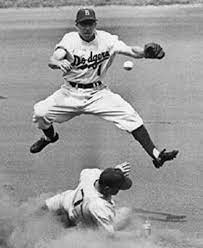 Fame with the one who is not. I began my analysis by averaging the number of double plays per full season turned by these players and comparing that average to the average of other players. This proved to be inaccurate when I realized that Cal Ripken, Jr.’s, numbers were inflated because he played every game whereas the others, although full time players missed an occasional game. So, I decided that the correct number should be the number of double plays turned per game. I proceeded from there.
Fame with the one who is not. I began my analysis by averaging the number of double plays per full season turned by these players and comparing that average to the average of other players. This proved to be inaccurate when I realized that Cal Ripken, Jr.’s, numbers were inflated because he played every game whereas the others, although full time players missed an occasional game. So, I decided that the correct number should be the number of double plays turned per game. I proceeded from there.
The figures seem to favor second basemen. For example, Craig Counsel produced .603 twin killings per game in 574 games at second base and .556 DPs per game in 478 games at shortstop. Billy Martin turned .697 in 767 games at second and .568 in 118 games at short, although most of Martin’s playing time at shortstop occurred late in his career. On the other hand, McDougald’s production was similar in both positions, .781 in 599 games at second and .775 in 220 games at short. Nevertheless, I will keep second basemen and shortstops separate for comparison purposes.
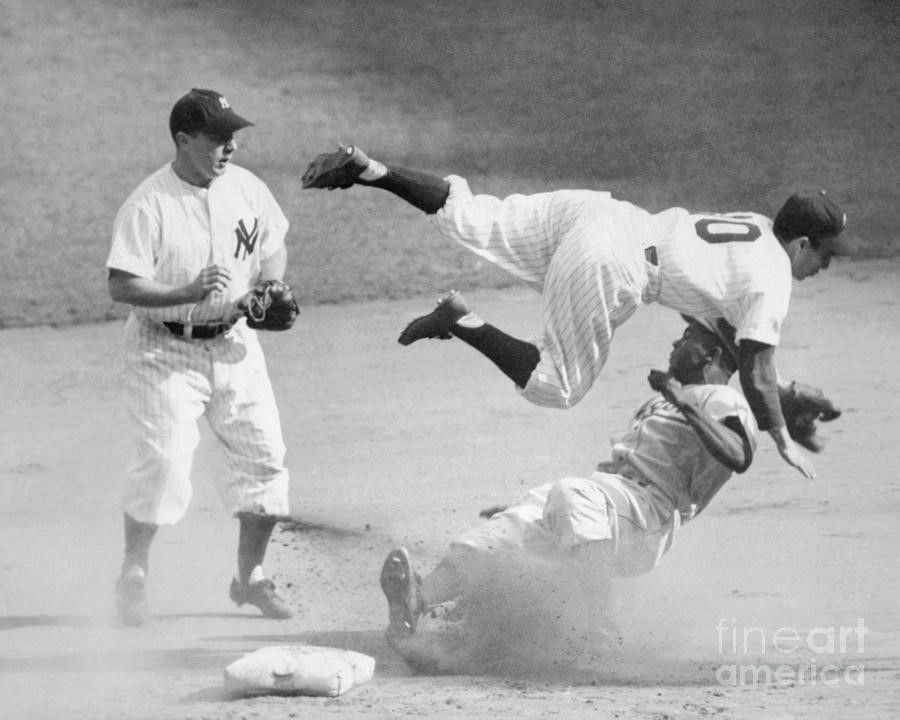
Mazeroski averaged .818 double plays/game for his entire career. This leads all second basemen enshrined in the Hall of Fame. His closest competitors are Bobby Doerr (.813), Jackie Robinson (.811), Joe Gordon (.764), Red Schendiest (.745), and Nellie Fox (.705). Mazeroski is head and shoulders above some other notable Hall of Famers and non-Hall of Famers taken in part from ESPN’s all-time list of second basemen: Davey Johnson (.634), Davey Lopes (.572), Bobby Richardson (.719), Ryne Sandberg (.580), Roberto Alomar (.606), and Lou Whitaker (.662). Maz beats them, too. Placido Polanco, the second baseman with the highest lifetime fielding average currently, comes in at .699. These figures are for games played only at second base. Keeping in mind that some players make it to the Hall of Fame predominantly on their defense, Maz is at the top of a pretty exclusive list. Gil McDougald’s .781 would be fourth on this list were he in the Hall of Fame. Johnny Evers of Tinker to Evers to Chance fame comes in at .397.
Now, let’s look at the shortstops. Reese averaged .619 double plays/game for games played at shortstop. For Rizzuto, the average is .739. The aforementioned Eddie Joost comes in at .714, .677 for years in which he was a full-time shortstop. The top five in the Hall of Fame are Lou Boudreau .767, Rizzuto, Ripken .679, Ernie Banks .644, and Robin Yount .636. Ozzie Smith, considered by many to be the greatest fielding shortstop ever, is next with .633. Significant other shortstops taken from ESPN’s all-time shortstop list include: Alex Rodriguez .458, Derek Jeter .527, and Alan Trammel .611. McDougald would top this list. Joe Tinker is at .385.
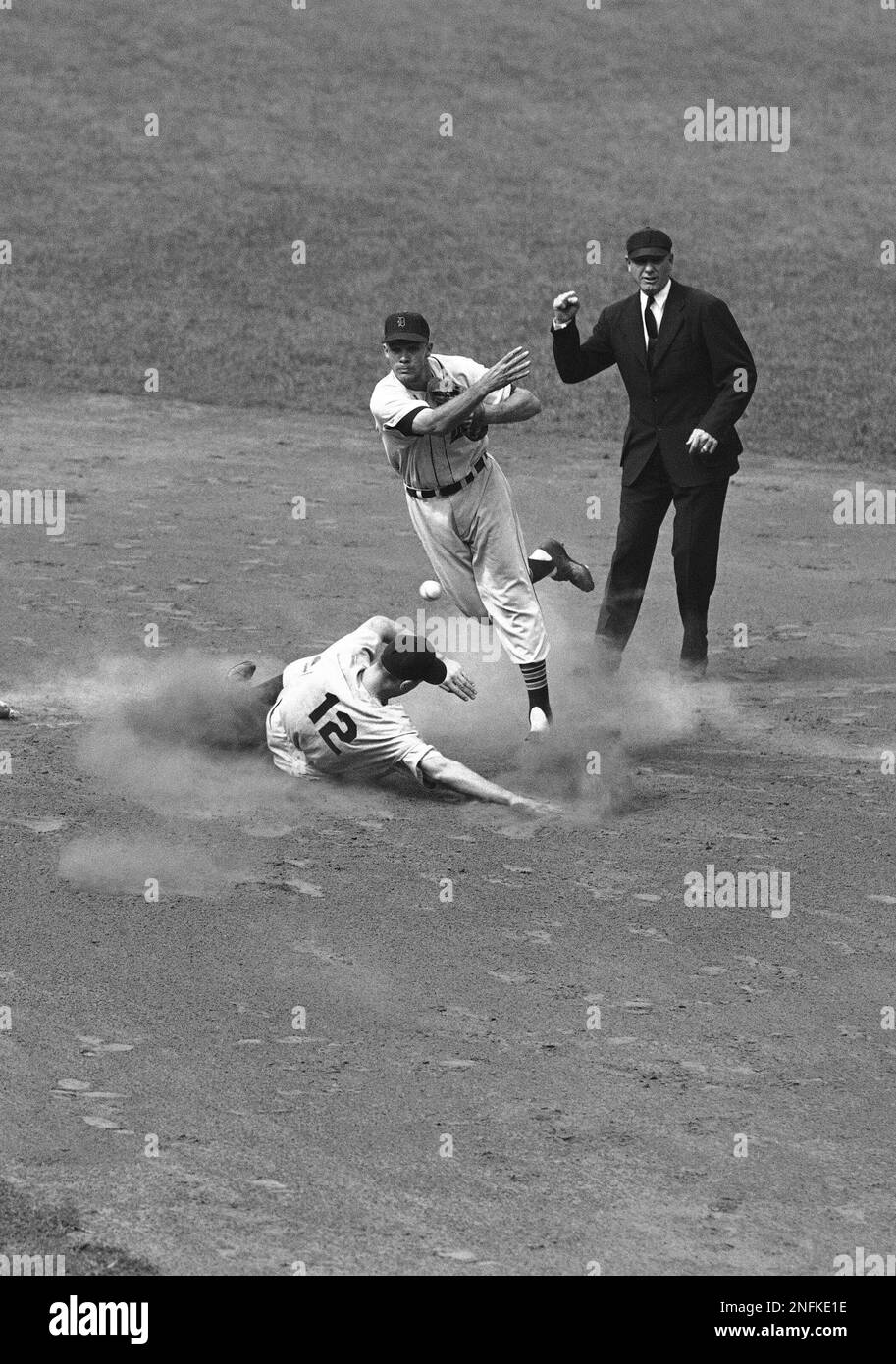
You might be able to see where I am going with this. I have identified five double-play superstars: Robinson, Reese, Rizzuto, Mazeroski, and Gil McDougald. Robinson, Reese, Rizzuto, and Mazeroski are in the Hall of Fame. McDougald is not. Robinson’s offensive numbers are so far superior to the others that comparison is unwarranted. Robinson made it into the Hall of Fame for offensive and defensive accomplishments, plus his contribution to the game ay breaking major league baseball’s color line. But the others were selected primarily on their defensive accomplishments. So, comparing Hall of Famers Reese, Rizzuto, and Mazeroski to McDougald on defensive numbers alone produces valid and interesting results.
McDougald’s career fielding average for games played at shortstop is higher (.973) than either Reese (.962) or Rizzuto (.968). Because Reese and Rizzuto played longer, one could argue that their fielding average decreased with age and it is unfair to compare McDougald’s numbers as a young man – he played shortstop at ages 28-30 – with Reese’s and Rizzuto’s lifetime figures, as Reese and Rizzuto both played short into their late 30’s. However, in only one season (1949) did Reese’s yearly fielding average surpass McDougald’s career fielding average at shortstop. Likewise, only twice did Rizzuto’s yearly fielding average exceed McDougald’s career average.
We can now examine range factor. (1) McDougald leads there, too, 5.23/9 innings vs. 5.20/9 innings for Rizzuto and 5.05/9 innings for Reese. Full disclosure: Reese’s yearly range factor exceeded McDougald’s career number in four of Reese’s first six seasons but dropped significantly thereafter after Reese reached age 30. Similarly, Rizzuto’s yearly range factor exceeded McDougald’s career numbers in three of his first four seasons, but dropped significantly after age 30.
McDougald also beats the other two in double plays per game. McDougald turned .775/game to Rizzuto’s .739/game and Reese’s .619/game. McDougald’s number is higher than players enshrined in the HOF and is higher than any other shortstop I analyzed.
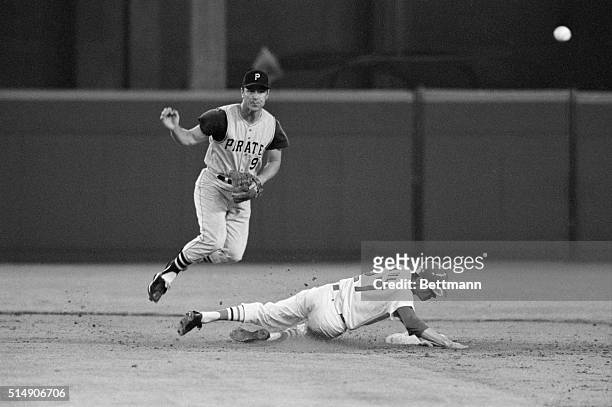
Now, let’s analyze McDougald’s numbers at second base compared to Mazeroski’s. McD is ahead in fielding average .984 to .983. Maz leads in range factor .572/9 innings to .556/9 innings and double plays per game .818 to .781. Gold gloves were not awarded until 1957. Mazeroski won eight. He lost out to Charlie Neal (1959), Kenny Hubbs (1962), and Glen Beckert (1968).
McDougald compares favorably offensively as well. He leads the others in lifetime batting average .276 to .269 for Reese, .273 for Rizzuto, and .260 for Mazeroski. His career on-base percentage of .356 is second to Reese’s .366 and ahead of Rizzuto’s .351 and Maz’s .299. He leads the other three in slugging average, .410 to Reese’s .377, Rizzuto’s .355 and Maz’s .367.
McDougald is tied with Rizzuto in all-star game appearances with five, behind Mazeroski and Reese with seven and ten, respectively. McDougald appeared on more MVP ballots than Mazeroski (five to two) but less than Rizzuto eight (winning in 1950) and Reese 12.
McD’s World Series performances compare favorably with the others.
Number Record BA OBP SLG HR
McDougald 8 5-3 .237 .310 .379 7
Reese 7 1-6 .272 .346 .349 2
Rizzuto 9 7-2 .246 .355 .295 2
Mazeroski 2 2-0 .308 .308 .615 2
McDougald was Rookie of the Year in 1951, beating out teammate Mickey Mantle. Mazeroski hit the most significant home run in World Series history, although no one ever got into the Hall of Fame on the strength of one event even if it did happen in the World Series. Read Don Larson and Bill Wambsganss.
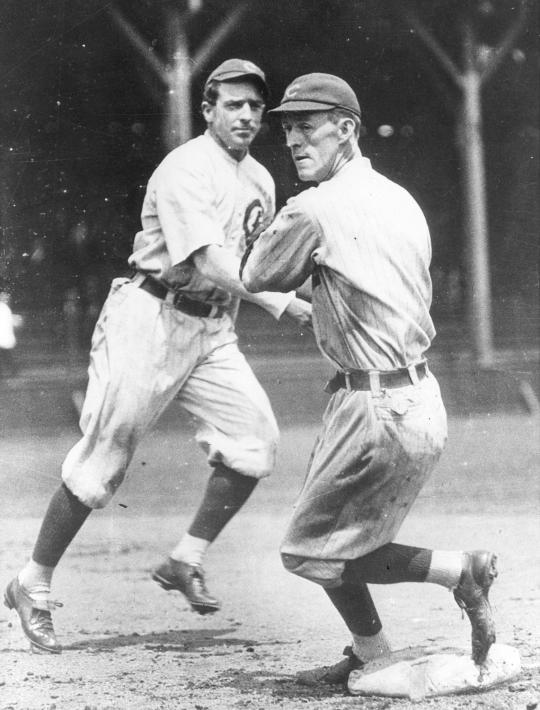
Longevity means something. Reese, Rizzuto, and Mazeroski had careers longer than did McDougald. In addition, Reese and Rizzuto each missed three full seasons serving in the military during World War II. That also means something. All three men are deservedly in the Hall of Fame.
I am not saying that Gil McDougald belongs in the Hall of Fame. However, comparing his defensive numbers with Hall of Fame members and other prominent infielders, and comparing both his offensive and defensive numbers with players who earned entry into the Hall mostly on their defensive achievements (like Rizzuto, Reese, and Maz) show that McDougald was quite the player. He retired at age 32 after the 1960 season.
Many say that he was not the same player after he hit a batted ball that struck Cleveland pitcher Herb Score in the face, essentially ending Score’s promising career. But it may have been just a matter of being squeezed out of a younger infield. By 1960, the Yankees had a young Bobby Richardson competently playing second, had settled on a young Tony Kubek to man shortstop, and had acquired the superlative fielding Clete Boyer to play third. So McDougald may have just realized that there was no place for him in the New York infield and called it quits.
I am still waiting for someone to write a poem about Bill Mazeroski. Nobody ever wrote a poem about Gil McDougald either.
Vince Jankoski
Subscribe to our website, Baseball History Comes Alive with over 1400 fully categorized baseball essays and photo galleries, now surpassing the one million hits mark with 1,100,000 hits and over 950 subscribers: https://wp.me/P7a04E-2he
Information: Excerpts edited from
(1): Range Factor (commonly abbreviated RF) is a baseball statistic developed by Bill James. It is calculated by dividing putouts and assists by the number of innings or games played at a given defense position (Wikipedia)
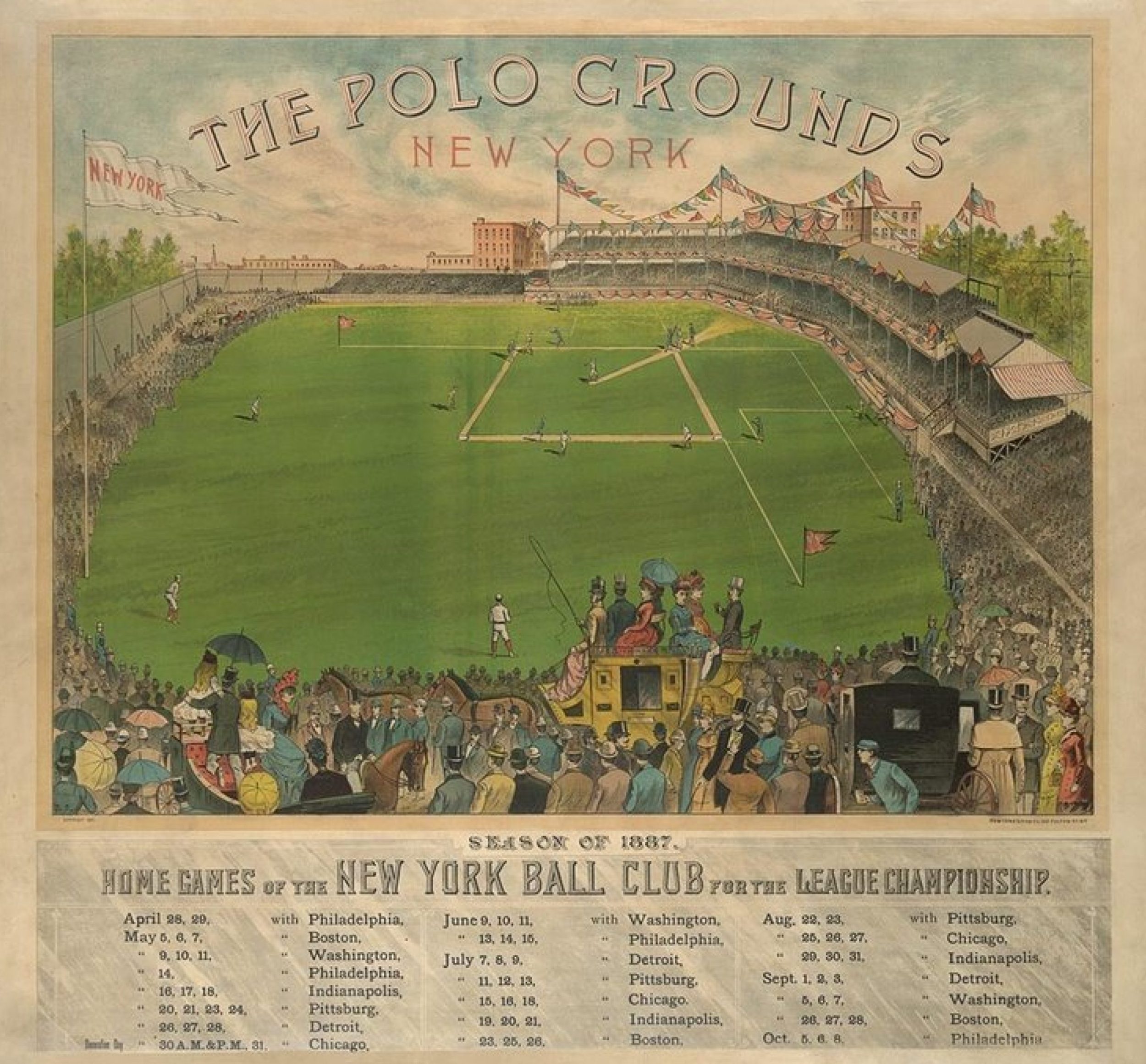
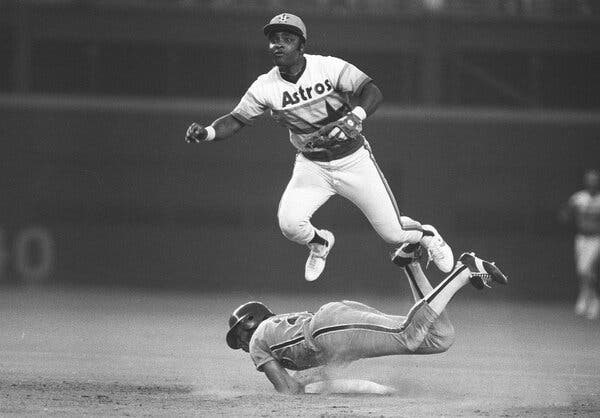

I cannot believe that Luis Aparicio isn’t on any of these double play lists. Am I missing something?
Stephen,
Aparicio’s absence is particularly puzzling since he spent a good part of his career with Nellie Fox as he keystone partner. Aparicio had a very high single season number in 1960 (.756 DPs/game) with Fox at second, but even in his prime Aparicio’s numbers were above average but not spectacular.
A very interesting essay by Mr. Jankokski. A “must read” for any baseball aficionado. Based on his percentage scale method of evaluation, it might be interesting to do a similar survey of pitchers that induced the most ground ball DP’s. Surely, probably at the top of that list would be sinker-ballers such as, for example, Orel Hershiser, Randy Jones or Greg Maddux. A coupla noted sinker-ballers from yester-year were Wes Ferrell & Dizzy Dean.
Ken,
Another factor might be the condition of the infield. Having never played on a major league infield, I can only speculate that some infields are faster than others. A fast infield would lend itself to more ground balls getting through resulting in more base runners on first base leading to more DP opportunities. It would also permit more DPs because ground balls that did not go through would get to the infielders faster. I have no clue how to measure this factor except perhaps to compare grass infields with those of artificial turf.
Thanks Tom…great idea!
Gil McDougald belongs in the HOF based on the admission of Rizzuto, Reese, and Maz. I am a fan of Mazeroski but I have to disagree with Mr. Jankowski. If Maz did not hit that homerun he would not be in the HOF. I also agree with Mr. Newhouse with the absence of Luis Aparicio. There are many things that a player does that doesn’t show
up in analytics such as the difficulty of the play, the range needed to field the ball and the pressure of the situation.
Ken,
While I can’t purport to comprehend what goes into the minds and votes of HOF voters, maybe in Maz’s case the home run called attention to his career which, upon examination, revealed his outstanding defense.
Great series of stories. I love all the numbers, maybe the most complete analysis ever in a sport known for numbers.
Thanks Jay…agree!